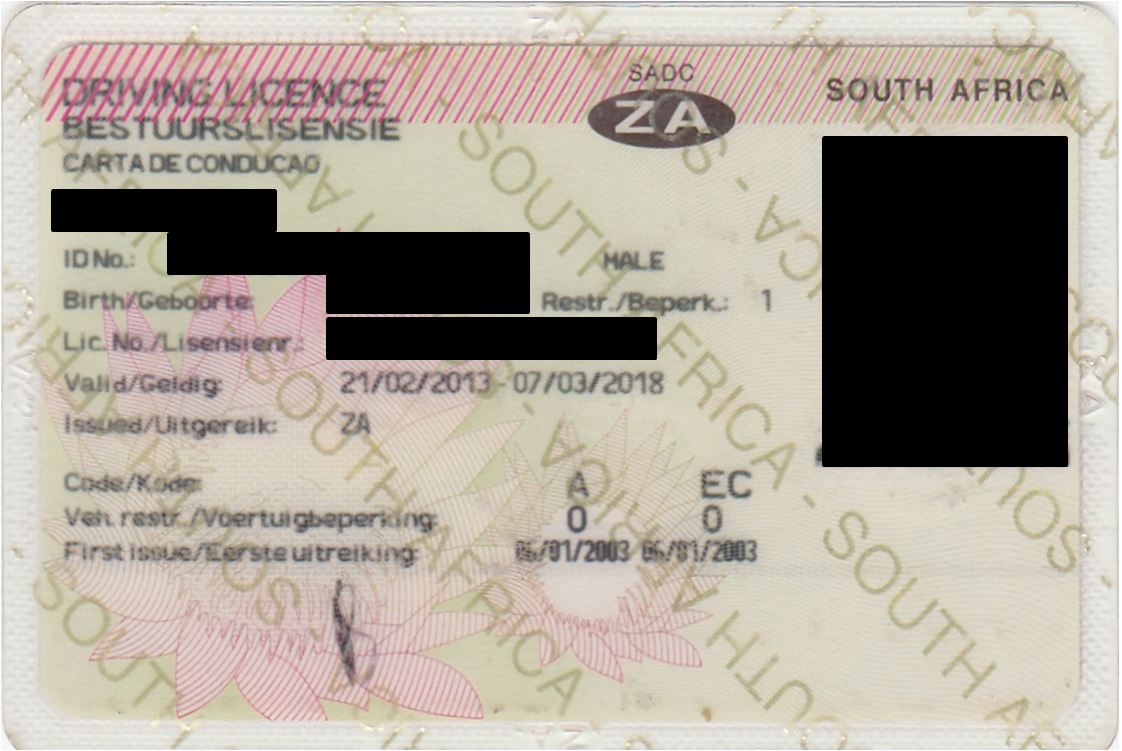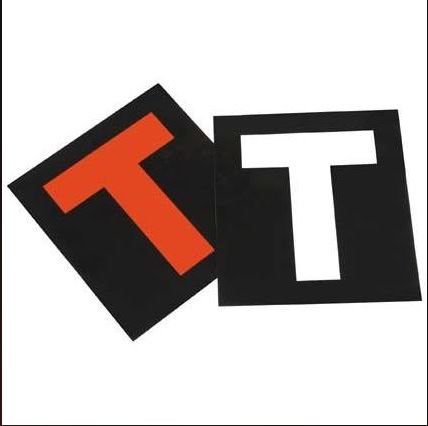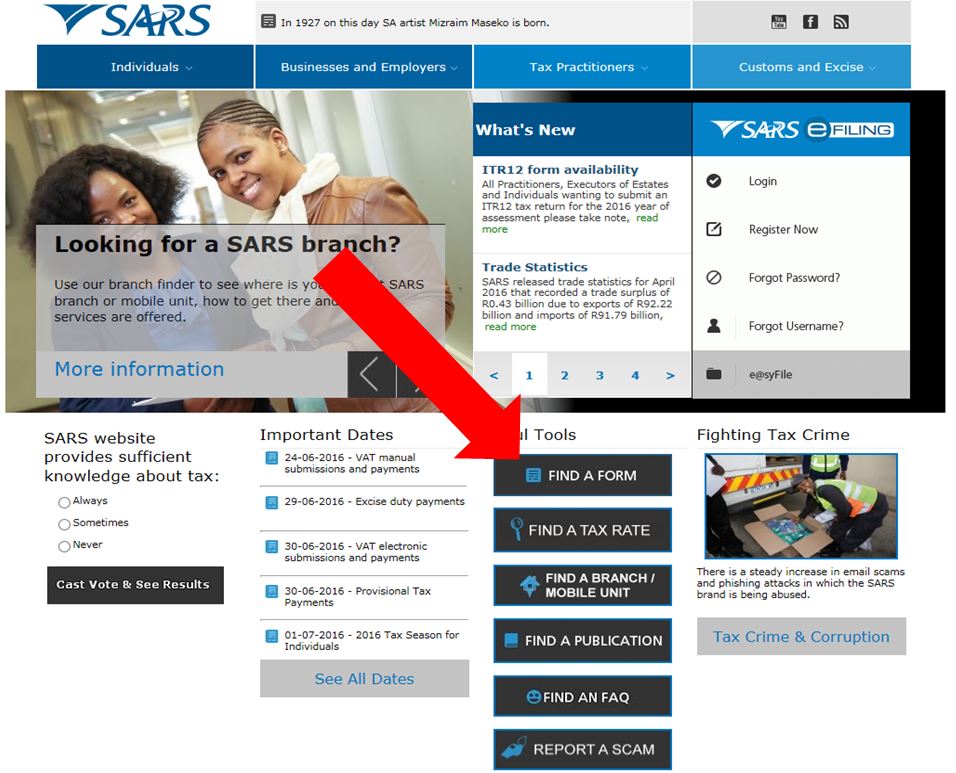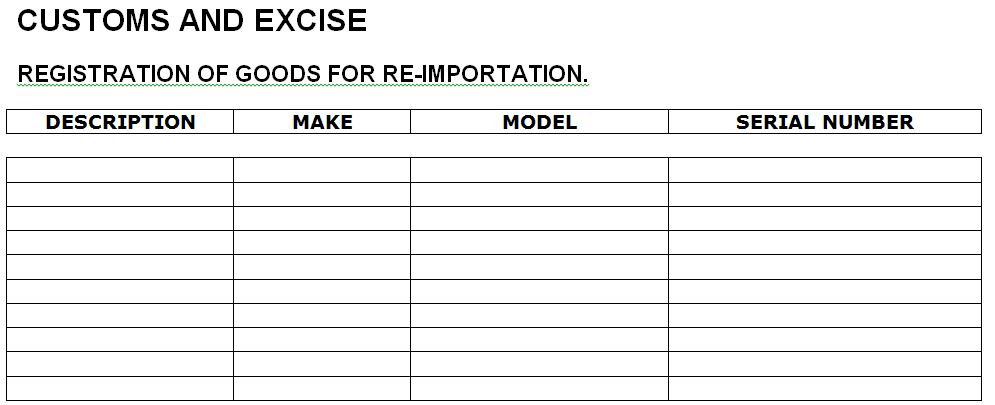This is the second in our series of posts about crossing borders in Africa. The information and tips shared are based on own experience and we hope that sharing it with you might make your next crossing into Africa a more pleasant experience.
To be prepared by having all the necessary documents readily at hand will make any border crossing a more pleasant one. Well, not always but it will help a lot.
Crossing any border by road you will need at least the following:
Passports
Make sure your passport and those of your follow travelers are valid for at least six month after you are due to leave the country. Also make sure that you all have enough empty pages in your passport for use by border officials.

Vaccinations and inoculations
Check with your local Travel Clinic at least a month or two before your departure, what vaccination and inoculations is required by the countries that you intend visiting. Have it done and get proof that it has been done.
And just as important, check what vaccinations and inoculations will be required at the South African border post upon returning from the countries visited and have it done and get proof that it has been done.
Make sure your passport and those of your follow travelers are valid for at least six month after you are due to leave the country. Also make sure that you all have enough empty pages in your passport for use by border officials.
Driver’s License
Check the expiry date on your driver’s license and make sure it is valid until you are back in South Africa again. You don’t need an international driver’s license in our neighbouring (SADAC) countries.
Check with your local Travel Clinic at least a month or two before your departure, what vaccination and inoculations is required by the countries that you intend visiting. Have it done and get proof that it has been done.
And just as important, check what vaccinations and inoculations will be required at the South African border post upon returning from the countries visited and have it done and get proof that it has been done.
Make sure your passport and those of your follow travelers are valid for at least six month after you are due to leave the country. Also make sure that you all have enough empty pages in your passport for use by border officials.

Vehicle/trailer/caravan documentation
If you are the legal owner, and the vehicle is fully paid for, you will need the following:
The original vehicle registration document (NATIS document) in your name.
A Police clearance certificate stating that you are the legal owner of the vehicle
Confirmation from your insurance company that the vehicle is comprehensively insured for the countries you intend visiting and that it includes the cost of repatriation of the vehicle if required.
If you are the legal owner, but the vehicle is still financed by a financial institution, you will need:
A copy of the vehicle registration document (NATIS document) in the name of the financial institution.
A letter from the financial institution authorizing you to take the vehicle across the border. The letter must stipulate the dates that you are allowed to take the vehicle out of the country as well as the countries that you intend visiting.
The original vehicle license document in you name.
Police clearance certificate stating that the vehicle has not been reported as stolen.
Confirmation from your insurance company that the vehicle is comprehensively insured for the countries you intend visiting and that it includes the cost of repatriation of the vehicle if required.
If it is a rented or borrowed vehicle fully paid for, you will need:
A certified copy of the vehicle registration document (NATIS document) in the name of the legal owner.
A certified letter (Affidavit) from the owner authorizing you to take the vehicle across the border. The letter must stipulate the dates that you are allowed to take the vehicle out of the country as well as the countries that you intend visiting.
The certified copy of the vehicle license document in the name of the owner.
A Police clearance certificate stating that the vehicle has not been reported as stolen.
Confirmation from the owners insurance company that the vehicle is comprehensively insured for the countries you intend visiting and that it includes the cost of repatriation of the vehicle if required and that they have noted you as the driver.
If it is a rented or borrowed vehicle still financed by a financial institution, you will need:
A certified copy of the vehicle registration document (NATIS document) in the name of the legal owner.
Certified letters (Affidavits) from the financial institution and the owner authorizing you to take the vehicle across the border. The letter must stipulate the dates that you are allowed to take the vehicle out of the country as well as the countries that you intend visiting.
The certified copy of the vehicle license document in the name of the owner.
A Police clearance certificate stating that the vehicle has not been reported as stolen.
Confirmation from the owners insurance company that the vehicle is comprehensively insured for the countries you intend visiting and that it includes the cost of repatriation of the vehicle if required and that they have noted you as the driver.



Vehicle/trailer/caravan signage
It is compulsory for any vehicle, trailer or caravan registered in South Africa to have a ZA sign displayed when it crosses any border, or if registered in any other country the international signage for the country.
When towing a trailer or caravan in Zimbabwe you must display a white reflective T sign on the right front of the trailer and the vehicle and a red reflective T sign at the right rear of the trailer and the vehicle.


Zimbabwe also requires you to have rectangular white reflective tape on both front sides, and rectangular red reflective tape on both rear sides of the vehicle and trailer/caravan.


When towing a trailer or caravan in Mozambique you must display a reflective triangle sign on the right front of the vehicle and on the right rear of the trailer/caravan.
These signs are available from the Automobile Association ( https://www.aa.co.za/ ) or at most of the outdoor and camping outlets throughout the country.
Goods for re-importation
When you leave the country, make sure to declare all your valuable equipment like cameras, laptops, Ipads, etc. at the border post. If not you might end up having to pay import duty on your own equipment or have it confiscated by the SARS border officials.
SARS form DA 65 and/or DA 331 needs to be completed at the border for this. You can download these forms electronically and complete it beforehand from the SARS website: http://www.sars.gov.za .


Before leaving home we make a complete list of all our items, with model names, serial numbers, model numbers, etc. and take a number of copies of this list with us. When completing the SARS forms we just refer to our list and attach a copy to the form. Reason is that the SARS forms normally do not have enough space for us to enter all the items that we are taking with us.


At the border we give the official a copy to attach to his record and as him to stamp a copy for our record. If he refuse and insist that we must complete all the detail on the required form it is much easier to work from our list than to go back to the vehicle and sit there and list all the items.
The complete list stamped by a border official also assists in claiming from your insurance should something get stolen or lost during your trip. This will proof that you had the items with you.
Restricted/prohibited goods
Before departing from home, check which goods and other products are prohibited or restricted for all the countries you intend visiting.
Prohibited goods include inter alia items such as fireworks, weapons, poison, counterfeit goods, etc..
Restricted goods include items such as animals and animal products, certain types of medicines, certain fresh food products, etc..
The details varies from country to country and is also changed from time to time. It is therefore not possible to attempt to provide you here with a complete and accurate list as it would have most probably changed by the time you decide to travel. The Automobile Association ( https://www.aa.co.za/ ) do provide information on this but it is not always up to date as it changes rapidly.
The best advice that we can give is to check with the different countries you intend visiting before you leave. Their government and tourism websites will provide you with more accurate and up to date information. We will provide more details on this in future Blog updates.
Important: Also check, before you leave what is not allowed back into South Africa. That is prevent the disappointment from buying something in the country you visited and not been allowed to bring it back into South Africa at the border.
Tip of the day
Make sure that the registration number, VIN no and engine number of your vehicle as displayed on you Registration (NATIS) document, license document and license disk correspond with that of the vehicle. The same apply to you trailer/caravan. It is far better to detect a mistake beforehand rather than at the border post, more so if you are travelling with a rented or borrowed vehicle, trailer or caravan.
Know where these numbers are on you vehicle, trailer or caravan and where it is printed on you documentation should a border official wants to check it. If you and the official don’t know where to look for it, it might take a long time to search for it, and in a worst case scenario you might not be able to find it which will result in your trip been cancelled right there and then.
We keep all our documents together in files with transparent plastic envelopes which protect it but make it easy to read without the need to take it out. Although it might sound like an overkill, we always have three files for our documents:
A file in which all the original documentation is kept. We don’t use this unless a border official insists on seeing the original documentation. This is also the one file that we would never ever let go out of our hands or sight.
A file in which certified copies of all the documentation is kept. This is the file that we use at border posts or at roadblocks to show our documentation to the officials.
The third file (let’s call it the emergency file) also contains certified copies of all the documentation. This file is hide away in our vehicle for use should we lose one of the other two or both for whatever reason.
Always take a few pens with you. There are almost never pens available at the border posts to complete forms and documents.


Recent Comments